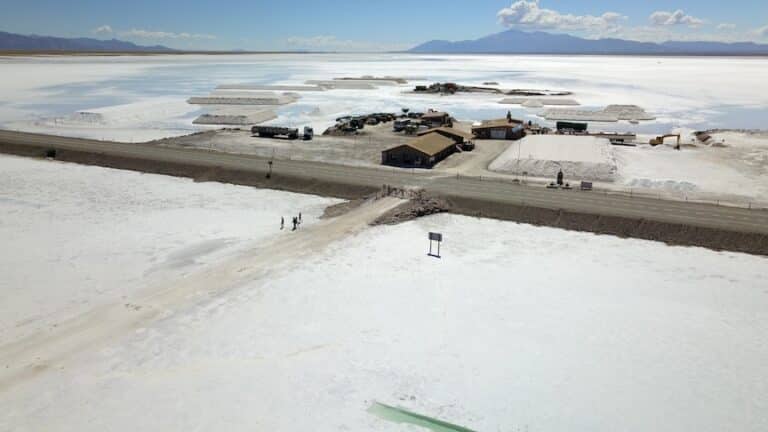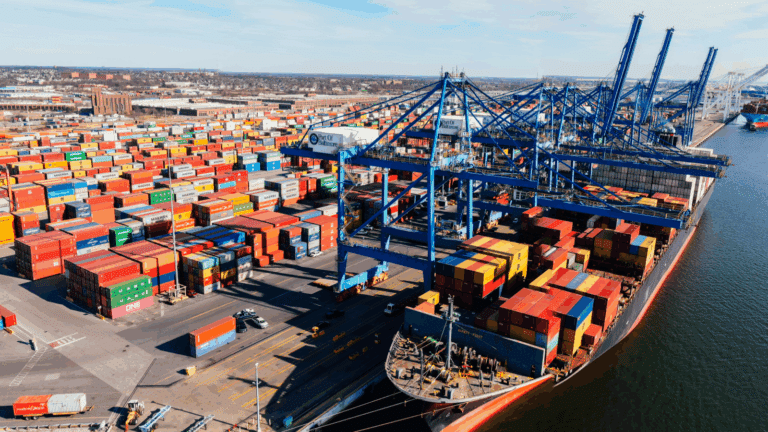This website uses cookies as well as similar tools and technologies to understand visitors’ experiences. By continuing to use this website, you consent to Columbia University’s usage of cookies and similar technologies, in accordance with the Columbia University Website Cookie Notice.
Energy Explained
Insights from the Center on Global Energy Policy
Modernizing Africa’s Lobito Railway Can Strengthen Critical Mineral Supply and Local Energy Access

This Energy Explained post represents the research and views of the author. It does not necessarily represent the views of the Center on Global Energy Policy. The piece may be subject to further revision. Contributions to SIPA for the benefit of CGEP are general use gifts, which gives the Center discretion in how it allocates these funds. Rare cases of sponsored projects are clearly indicated.
For a full list of financial supporters of the Center on Global Energy Policy at Columbia University SIPA, please visit our website at Our Partners. See below a list of members that are currently in CGEP’s Visionary Circle. This list is updated periodically.
Revitalization and expansion of the Lobito Corridor, which spans Angola’s Lobito Port to the Democratic Republic of Congo (DRC) and Zambia, is poised to reshape Southern Africa’s economic landscape. Efforts to modernize the corridor’s railway, through initiatives such as the US-EU Partnership for Global Infrastructure and Investment (PGII, a G7 collaboration), aim to bring the region to the forefront of economic and green energy development, with the potential to become a hub for critical mineral exports and sustainable energy infrastructure.
This blog explores the history of the Lobito railway and its proposed expansion into Zambia through the Northwest Rail Project. It also examines the corridor’s role in supporting a robust supply chain for critical minerals, the global competition between the US and China for these resources, and how integrating critical minerals into the African Growth and Opportunity Act (AGOA) can boost economic ties between the US, the DRC, and Zambia. Finally, the blog highlights the potential for railway electrification, which would reduce the carbon footprint of the supply chain and could anchor financing for hydropower projects, which could enhance energy access for rural areas across the corridor.
Brief History of the Lobito Railway
The Lobito Atlantic Railway, historically known as the Benguela Railway, was constructed in the early 20th century to connect Angola’s Lobito Port on the Atlantic coast to the mineral-rich regions of the DRC and Zambia. However, decades of civil war in Angola severely disrupted the railway, leaving it inoperable for many years.[1]
In 2015, a nearly $2 billion contract to restore the railway’s functionality was funded by the Chinese government.[2] In 2022, the Lobito Atlantic Railway (LAR) company, a joint venture among international companies Trafigura, Mota-Engil, and Vecturis, was awarded a 30-year concession to manage the railway.[3] The consortium committed to investing more than $450 million in Angola and $100 million in the DRC to upgrade the railway and associated infrastructure.[4] On January 25, 2024, the LAR officially took over operations of the Benguela Railway.[5] The first two trains were authorized to depart on that same date, marking the resumption of regular services along the corridor.
Critical Minerals: Diversifying Sources and Ensuring Reliable Transport
Through the PGII, launched in 2022, the US and EU are channeling significant investments into modernizing key infrastructure in developing regions.[6] One of the primary focuses of this initiative is upgrading the Lobito Corridor’s railway infrastructure to meet modern standards, thereby increasing its capacity and efficiency. The US and EU have recognized the strategic importance of the Lobito Corridor, particularly as competition with China for critical minerals intensifies.
China currently dominates the supply chains for many of these minerals, having invested heavily in African mining and infrastructure through its Belt and Road Initiative. Meanwhile, the US and EU have sought to diversify their sources of critical minerals to reduce reliance on Chinese-dominated supply chains.
The Lobito Corridor offers the US and its allies a strategic alternative for accessing critical minerals from Southern Africa. Investing in the corridor’s infrastructure and integrating critical minerals into programs such as the AGOA, which allows for duty-free access to the US market, can strengthen the US’s trade relationships with Angola, the DRC, and Zambia (as well as among these African nations and globally), while securing a more stable supply of critical minerals.
By modernizing the Lobito railway, the US and EU also aim to secure a reliable transport route for critical minerals and other goods from Southern Africa, reducing dependence on longer and more congested corridors to the Indian Ocean.[7] As noted, these improvements should also provide linked African countries with better access to global markets, which could bolster economic growth, create jobs, and improve living standards across the region.[8]
The more recent Northwest Rail Project aims to connect Zambia’s northwestern mining region to existing rail networks. It will run about 370 miles (590 kilometers), from Chingola in the Copperbelt Province to the Angolan border (see Figure 1), and will be implemented in two phases[9] at an estimated cost of $989 million.[10] While progress has been made in planning and securing support, construction of the new railway has not yet begun.
Figure 1: Lobito Corridor and proposed extension into Zambia
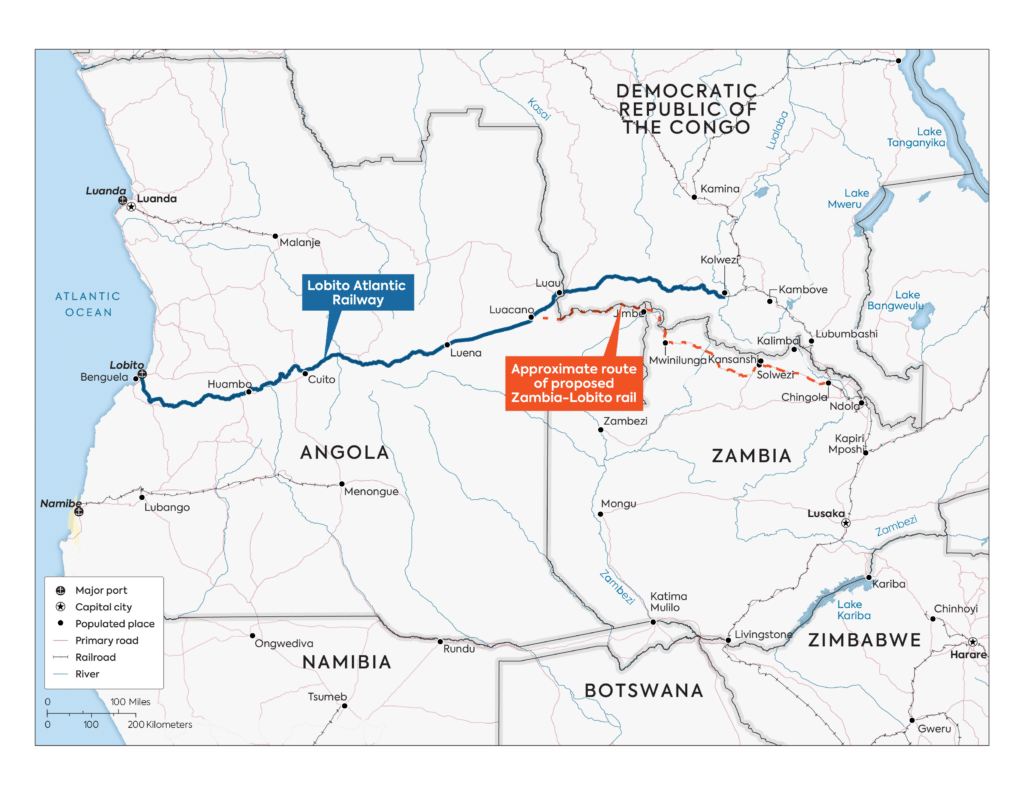
Source: European Commission, https://ec.europa.eu/commission/presscorner/api/files/attachment/875969/2817-Zambia-Angola-Economic-Corridor-G20.pdf.
Electrifying the Railway
Although not part of the current plan, one of the most significant opportunities for reducing the carbon footprint of the Lobito Corridor would be to electrify the railway. Currently, most rail transport in the region relies on diesel locomotives, which contribute to greenhouse gas emissions. Electrifying the railway would not only make the corridor more environmentally sustainable but also improve efficiency and reduce operating costs.[11]
Moreover, electrification of the railway could act as an anchor for financing large-scale renewable energy projects, particularly hydroelectric power plants.[12] The region has a large potential, with proposed such projects including the Inga III and Grand Inga in the DRC, Caculo Cabaça in Angola, and Batoka Gorge in Zambia, which together would constitute 49,372 megawatts of green energy. In addition, the hydroelectric dams would provide water reservoirs for irrigation; currently, farmers in these areas rely of erratic rain-fed agriculture.
Hydroelectric plants could be developed on a project finance basis by independent power producers, with the demand for electricity generated by the railway serving as a stable revenue stream. This would allow countries in the region facing debt distress to develop critical infrastructure without further burdening their national budgets.
Clean, affordable energy generated by hydropower plants[13] could also displace some of the coal-fired power generation currently used in the Southern African Power Pool (SAPP),[14] further reducing the region’s carbon emissions.
And hydroelectric power development could have far-reaching benefits for energy access in rural areas. Many rural communities in Angola, the DRC, and Zambia lack reliable electricity, limiting their ability to fully participate in the economy. Expanding access to affordable and sustainable energy would help address this disparity, improving quality of life and economic opportunities. For example, the availability of cheap, reliable power could boost agriculture in the region. Energy access is critical for agricultural processing, irrigation, and cold storage, all of which can increase productivity and reduce post-harvest losses.
Conclusion
The Lobito Atlantic Railway could become a cornerstone of Southern Africa’s development, providing a vital transport route for critical minerals, boosting regional and global trade, and potentially supporting sustainable energy infrastructure. With the backing of the US-EU PGII initiative, modernization and electrification of the railway could enhance the region’s competitiveness in global markets while reducing its carbon footprint.
By linking the corridor’s development to the expansion of hydroelectric power plants, Southern Africa could address energy access challenges, displace some coal-fired power generation, and promote rural development. The Lobito Corridor could stand as a model for how strategic infrastructure investments can anchor economic growth, environmental sustainability, and regional integration.
CGEP’s Visionary Circle
Corporate Partnerships
Occidental Petroleum Corporation
Tellurian Inc
Foundations and Individual Donors
Anonymous
Anonymous
the bedari collective
Jay Bernstein
Breakthrough Energy LLC
Children’s Investment Fund Foundation (CIFF)
Arjun Murti
Ray Rothrock
Kimberly and Scott Sheffield
[1] https://angola.org/benguela-rail-road/; https://www.lobitocorridor.org/history-background
[2] https://www.lobitocorridor.org/history-background
[3] https://www.trafigura.com/news-and-insights/press-releases/2023/concession-for-railway-services-transferred-to-lobito-atlantic-railway-in-angola/
[4] https://www.trafigura.com/news-and-insights/case-studies/metals-and-minerals/lobito-atlantic-railway/
[5] https://copperbeltkatangamining.com/lobito-atlantic-railway-assumes-control-of-benguela-railway-operations/
[6] https://www.theeastafrican.co.ke/tea/business/us-invests-in-rail-project-linking-s-africa-mines-to-angola-4519222#google_vignette
[7] https://www.spglobal.com/commodityinsights/en/market-insights/latest-news/metals/061424-italy-pledges-320-million-for-africas-lobito-corridor-under-g7-infrastructure-plan
[8] https://furtherafrica.com/2024/06/20/italy-to-make-us320m-available-for-investment-in-lobito-corridor/
[9] https://www.tremafrica.com/projects/northwest-rail-project-zambia/
[10] https://www.tremafrica.com/projects/northwest-rail-project-zambia/; https://africa-deployments.com/zambias-link-to-the-lobito-corridor/
[11] https://www.gannettfleming.com/blog/decision-making-factors-for-transit-and-rail-electrification/
[12] https://www.power-technology.com/projects/batoka-gorge-hydropower-station/; https://africa-energy-portal.org/news/mega-us5-billion-batoka-hydropower-construction-contract-be-retendered
[13] https://documents1.worldbank.org/curated/en/266481521472063648/pdf/ICR00004325-03142018.pdf
[14] https://www.nsenergybusiness.com/projects/batoka-gorge-hydroelectric-power-station/
12 https://angola.org/benguela-rail-road/
13 https://www.lobitocorridor.org/history-background
14 https://www.gannettfleming.com/blog/decision-making-factors-for-transit-and-rail-electrification/
More on Energy Explained Energy Explained
Assessing the Energy Impacts of the One Big Beautiful Bill Act
This special CGEP blog series, featuring six contributions from CGEP scholars, analyzes the potential impacts of the OBBBA across a range of sectors.

MP Materials Deal Marks a Significant Shift in US Rare Earths Policy
The US Department of Defense has announced a multibillion-dollar public-private partnership with MP Materials.

Unpacking the US–Ukraine Minerals Deal
On April 30, 2025, the United States and Ukraine signed a long-anticipated economic partnership agreement establishing the US–Ukraine Reconstruction Investment Fund.

Q&A: Trump’s Executive Order on US Domestic Mineral Production
The critical minerals executive order signed by President Trump on March 20, 2025, aims to significantly increase domestic production of critical minerals within the United States.

Relevant
Publications
Five Key Decisions to Revitalize US Critical Mineral Stockpiles
The report outlines five foundational choices if a stockpiling strategy is adopted, as bipartisan support suggests is possible.
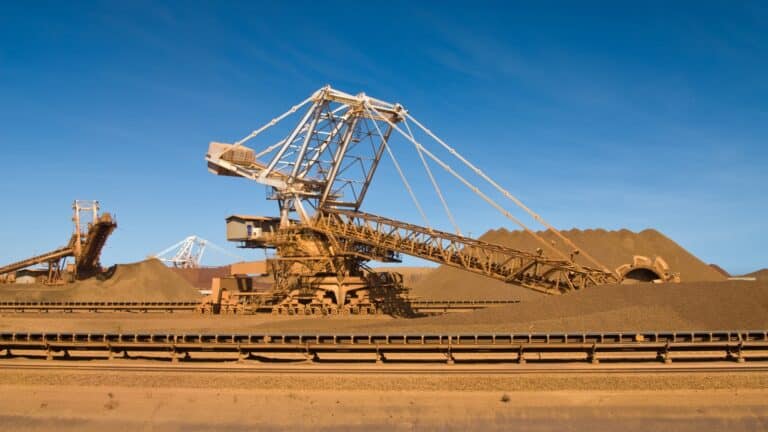
DeepDive: A new strategy for resilient global leadership in natural resources and manufacturing
Natural resources and critical minerals are more important than ever. Here's how Canada can be a global leader
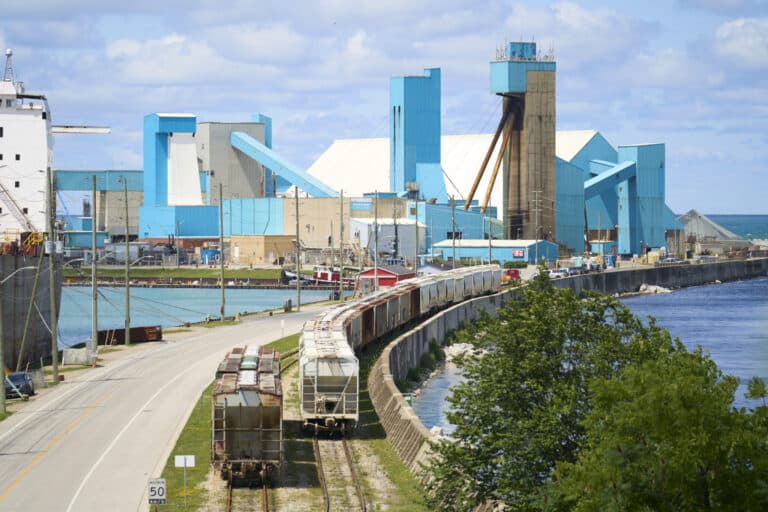
Assessing the Policy Ecosystems and Scaling Pathways of Direct Lithium Extraction
Lithium plays a critical role in the global energy transition. It is the core ingredient of lithium-ion batteries that power electric vehicles (EVs) and are used in stationary energy storage systems.
